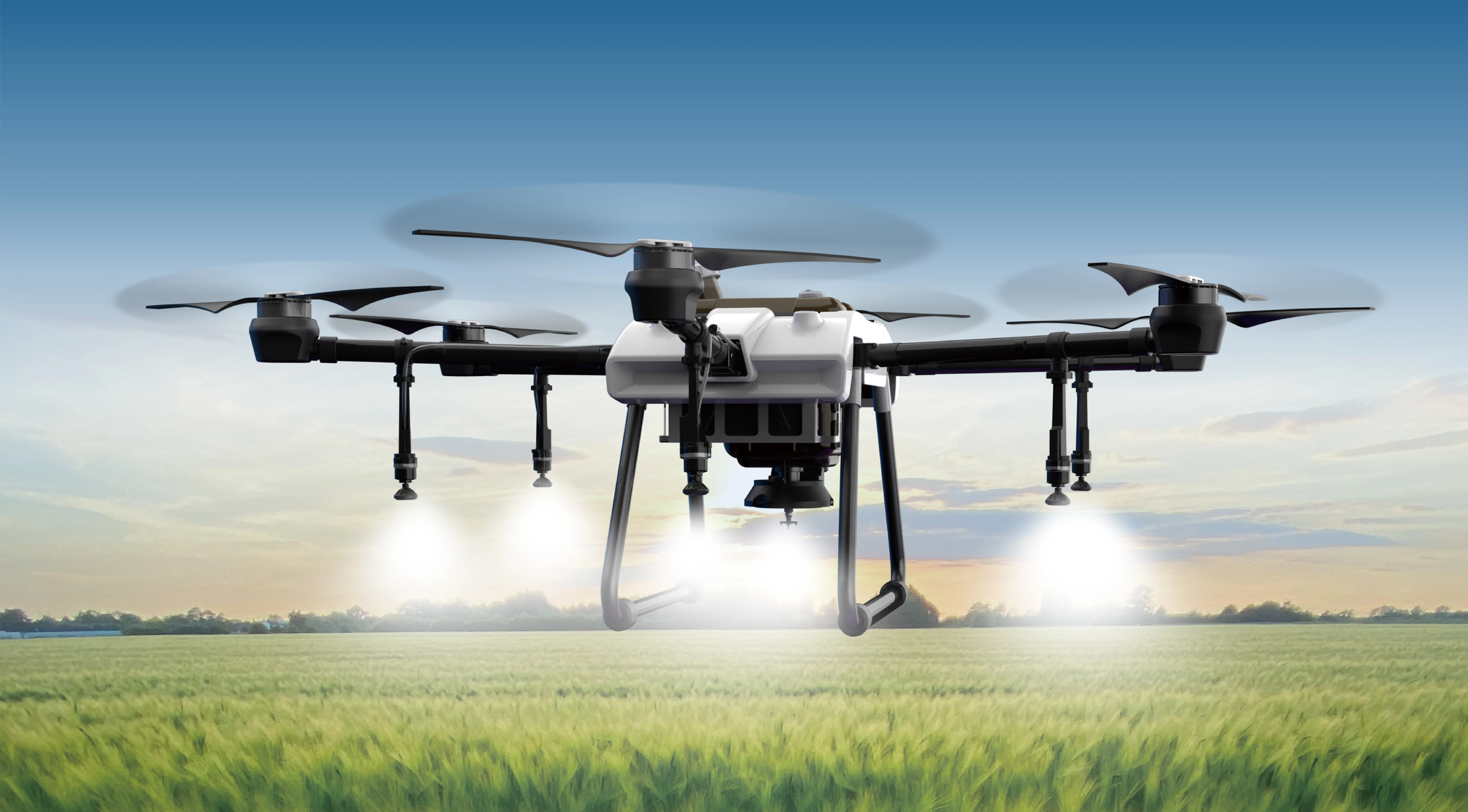part 1:
In the rapidly advancing landscape of mechanical and electrical engineering, few innovations have garnered as much admiration as the planetary DC gear motor. These marvels of design encapsulate the essence of efficiency, power, and precise control—characteristics that are vital in a world increasingly dependent on automation and intelligent machinery. But what makes planetary DC gear motors stand out in a crowded marketplace full of various types of electric motors and gear mechanisms? The answer lies in their unique design, unmatched performance, and adaptability.

At the core of the planetary gear motor is the concept of planetary gearing—a configuration inspired by celestial mechanics. Imagine a small gear (the sun gear) at the center, surrounded by multiple planet gears that orbit it. These planet gears are mounted on a carrier, which then connects to the output shaft. Around this assembly, an outer ring gear engages with the planet gears, completing the picture. When voltage drives the motor, the rotation causes the sun gear to turn, which then transmits torque through the planet gears. This assembly's beauty lies in how evenly the load is distributed across multiple contact points, providing several advantages over traditional gear arrangements.
One of the most significant benefits of planetary gear units is their ability to deliver high torque in a compact package. Unlike conventional spur or helical gears, planetary gearboxes can achieve high gear ratios within a much smaller volume. This attribute is essential in modern applications where space is limited but performance cannot be compromised—think of drones, robotic arms, and surgical devices. It transforms the motor into a powerful yet space-efficient solution that integrates seamlessly into complex systems.
There’s an innate robustness in planetary gear systems that contributes to their durability and longevity. Thanks to the load sharing among multiple planet gears, the stress on individual teeth is reduced, which minimizes wear and tear over time. This means operational lifespans are extended, maintenance intervals are longer, and the overall cost of ownership becomes more manageable. This reliability makes planetary DC gear motors a preferred choice in mission-critical applications where downtime isn’t an option.
Efficiency is another critical factor that has driven the popularity of planetary gear motors. The gear engagement in planetary configurations results in minimal energy loss during transmission, translating into higher efficiencies—sometimes exceeding 90%. This high efficiency is particularly valuable in battery-powered applications, where energy conservation extends operational time. Furthermore, the design allows for smoother operation with less vibration and noise compared to other gear types, which is essential in sensitive environments like medical labs and audio-visual equipment.
Now, consider the flexibility in design: planetary DC gear motors can be tailored with various gear ratios—ranging from mild reduction to extreme gear reductions—allowing engineers to fine-tune performance parameters. They are also compatible with a wide array of motor types, including brushed and brushless DC motors, giving further customization options tailored to specific application needs. Coupled with motor controllers, these gear motors can achieve precise speed regulation, making them perfect for robotics, automation systems, and instrumentation.
As industries push toward miniaturization without sacrificing power, the adaptability of planetary DC gear motors becomes even more evident. Compact yet mighty, they are easy to integrate into intricate designs and deliver consistent, reliable torque. Whether in a miniature surgical robot or a high-performance drone, their ability to efficiently convert electrical energy into controlled mechanical motion is revolutionizing what’s possible in modern engineering.
The manufacturing landscape is also benefitting from innovations in material science and manufacturing precision. Modern planetary gearboxes are constructed from high-strength composites and advanced alloys that withstand extreme conditions, including high temperatures and corrosive environments. Additive manufacturing techniques have further enhanced the ability to produce complex, lightweight geometries—opening doors to even smaller, more efficient gear motors.
Overall, planetary DC gear motors serve as the backbone for many cutting-edge applications. Their combination of high torque density, durability, efficiency, and adaptability makes them ideal in all sectors—automotive, aerospace, medical, telecommunication, and beyond. As industries evolve toward smarter, more connected systems, these gear motors will undoubtedly remain at the forefront, powering the future with innovation and resilience.
In the next part, we will explore specific case studies, emerging trends, and how you can choose the right planetary DC gear motor for your next project. Plus, we'll look into the maintenance tips to maximize their lifespan and ensure consistent performance.
Leveraging innovations in modular drive technology, Kpower integrates high-performance motors, precision reducers, and multi-protocol control systems to provide efficient and customized smart drive system solutions.




































